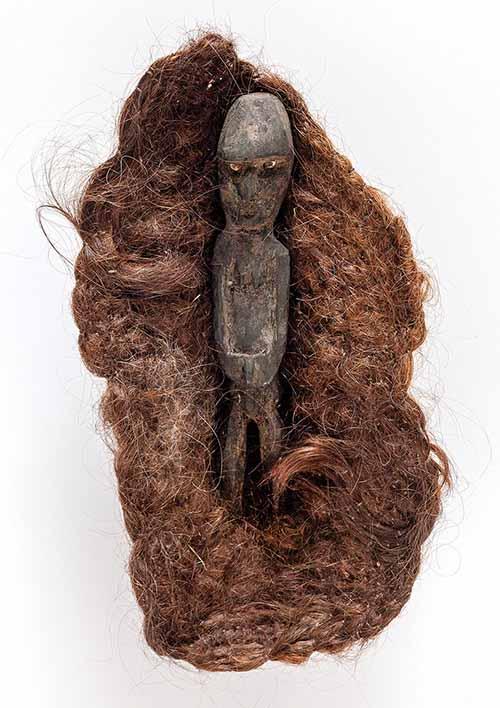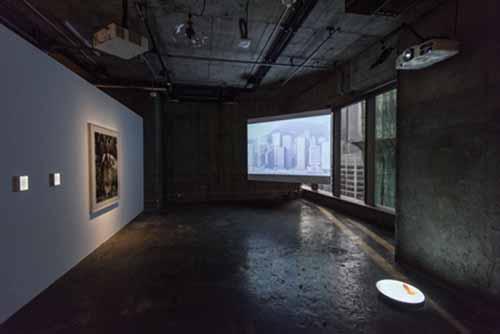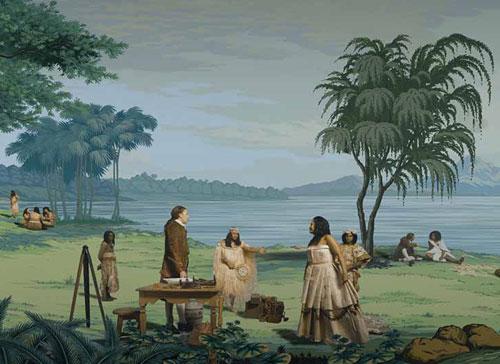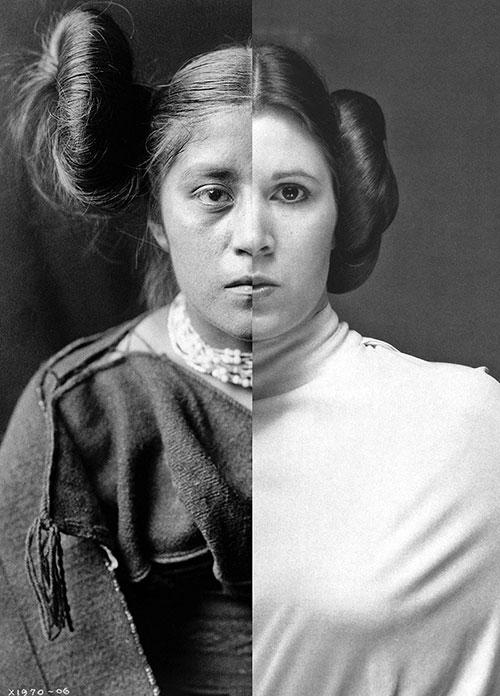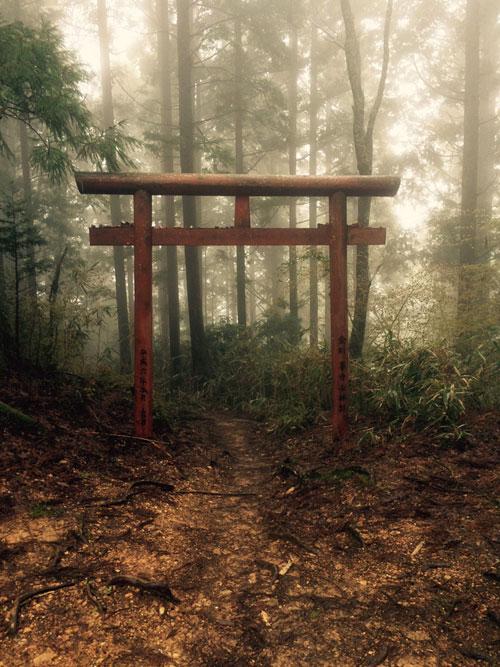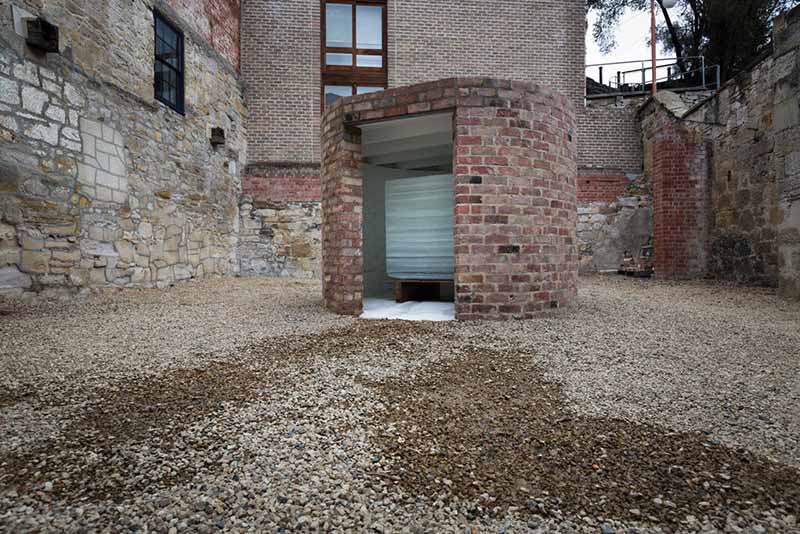
From half way down Kelly’s Steps in Hobart’s Battery Point, you can see into Kelly’s Garden, the historic courtyard site of Kelly’s Curated Contemporary Art Projects, currently occupied by Lucy Bleach’s masterful superslow. The site is an architectural patchwork, surrounded by the rear walls of Salamanca’s original sandstone buildings, the newer brickwork of modern architectural additions, an array of rooftops, pipes and railings and the cobbled Kelly’s Lane leading to Salamanca Place.
When I first see superslow from the steps, I have to do a double take and remind myself that the cylindrical brick form that is the main structure of the work has not always been there. Standing slightly off-centre in the courtyard, the 3 x 2.4 metre structure seems to merge with the existing architecture, conveying a sense of permanence oddly offset by the fact that this is a temporary public art site. In this space, superslow presents something of an anomaly – it is the only round form amidst many angles and as a temporary work, already contains the germ of its loss.
Expertly built by Bleach, the structure is a small, inhabitable roundhouse with a white painted interior and a rooftop plot sown with green manure seeds. The form is not as abstract as a shape, nor as specific as a dwelling – rather it is a conceptual object potentially transportable to or from other contexts, containing within it the flux of organic elements that defines much of Bleach’s work.
Initially it housed a 1.2 metre cube ice block – a remarkable object in itself that melted slowly over the first couple of weeks. Embodying both the building block of architecture/community and the primary element of water, the ice-block fused impermanence and permanence in the one form, its melting slowed by the insulating layer of plant-life on top.
On one level, the work evokes the functionality akin to a laboratory or a living system, adjusting to the stimuli of the environment but also vulnerable to it. It references practices of storage and survival, the pre-industrial icehouse, and preserving strategies for slowing the process of decay. On another level, superslow evokes a subliminal space, inviting a perception of pace attuning us to material processes of growth and dissolution far beyond the bounds of its architecture.
I recently learnt of the mining town of Kolmannskuppe in Namibia where abandoned dwellings are slowly collapsing from the erosive dynamics of sand, wind and time. I was reminded of it while visiting Bleach’s work, and of the concept of entropy – how left to the elements, all material things break down and merge with something larger than ourselves.
Bleach offers us a rare moment to perceive such relations between form and time, to slow down and bear witness to the Earth’s constant evolution of variables. The deconstruction of the work on April 20 fulfills the momentum of loss that seems integral to its entropic energy, but it will also entail a greater loss of the material form that, even for a short time, seemed to hold such permanence. I, for one, will be sad to see it go.


